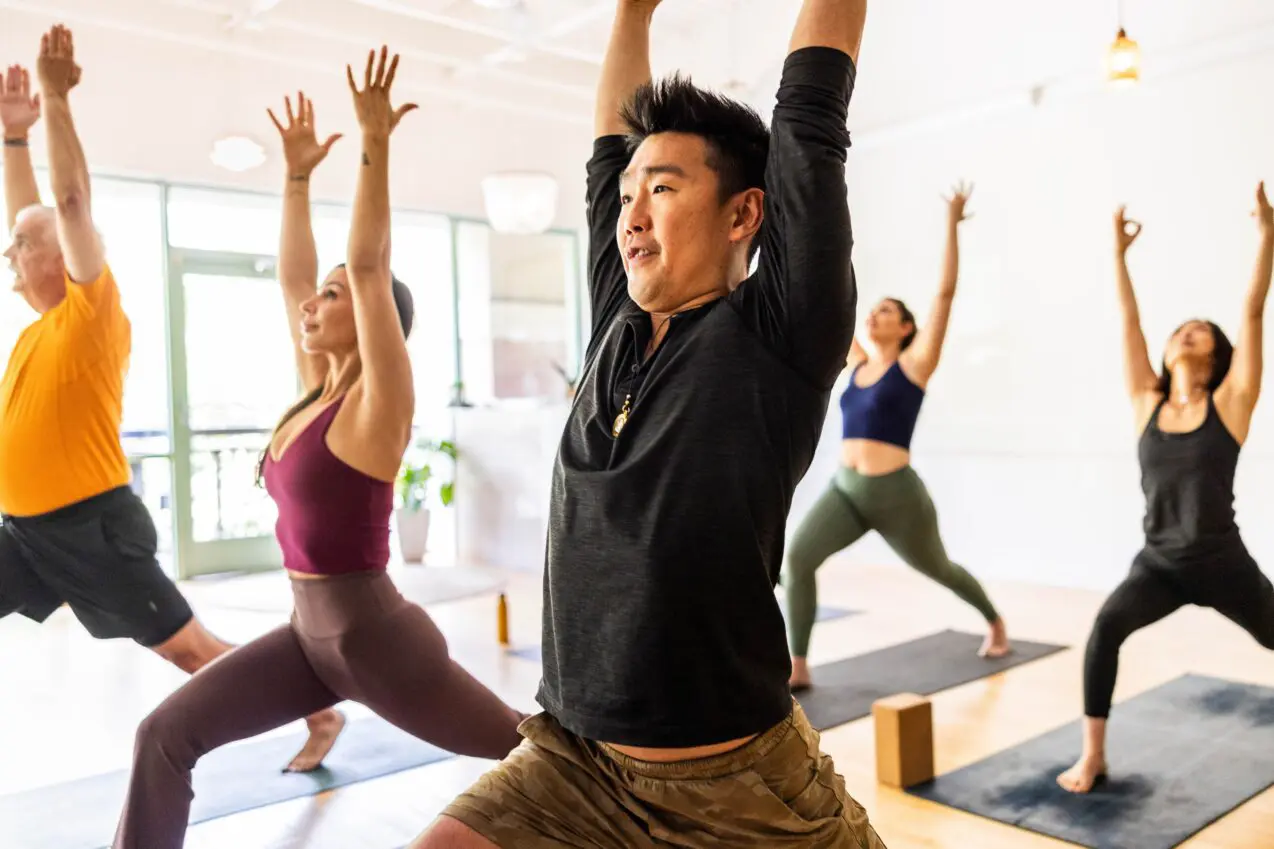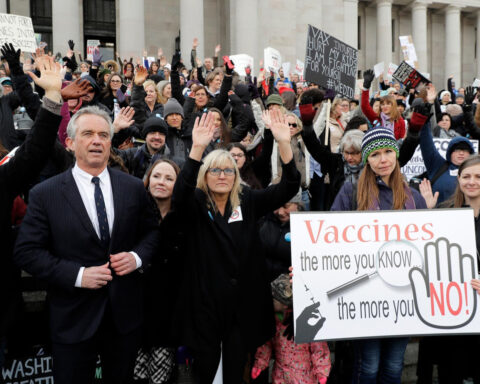NEW YORK (AP) — Women in the United States are exercising far less than men, with only 33% meeting weekly aerobic activity goals compared to 43% of men, a large study of 400,000 Americans has found. Health experts warn that the exercise gap can pose serious risks to women's long-term health and quality of life.
The study reveals a troubling pattern that crosses age groups and demographics, reflecting deeper social issues about how women spend their time. A key factor driving this disparity is the uneven distribution of household duties and family care responsibilities that often fall to women.
Neha Ruch, a 39-year-old Manhattan mother of two, exemplifies this struggle. After spending her Saturday taking her children to various activities, she tried to squeeze in a workout at 6:15 p.m. "I had left the door wide open," Ruch said, describing how her brief exercise attempt was cut short by family interruptions, first from her daughter wanting to say goodnight, then her son needing help.
Dr. Martha Gulati, associate director of the Barbra Streisand Women's Heart Center at Cedars-Sinai Hospital, points out a concerning irony: women might actually gain more benefits from exercise than men. "Doing something was better than nothing for both," she said, "but women get more bang for their buck." The reasons behind this difference remain unclear to researchers.
The seeds of this exercise gap are planted early, according to Melissa Bopp, a professor of kinesiology at Penn State University. She notes that the disparity begins in childhood and becomes harder to address with age. Recent data shows that in 2019, high school sports participation reflected this gap, with about 3.4 million girls playing sports – more than one million fewer than boys.
A 2024 report sheds light on the time constraints women face, showing they have 13% less free time than men due to unpaid household work. Women between 35- and 44-years old face the greatest time crunch, with one hour less free time daily than men their age.
Eve Rodsky, who interviewed 500 couples while researching her book "Fair Play," found that even in households claiming to share responsibilities equally, women often handle time-sensitive tasks. "Women were more likely to shoulder tasks that had to be completed around other people's schedules," Rodsky said, citing examples like preparing school lunches and cooking dinner. Men, in contrast, typically take on more flexible tasks like yard work or home repairs.
The health implications of this exercise gap are significant. While women typically live about six years longer than men, they spend more of their later years in poor health, dealing with conditions like heart disease, diabetes and depression.
Stephanie Roth-Goldberg, a clinical social worker in New York, sees this struggle regularly among her female patients. "They make the time for themselves when there is no one else to be taken care of," she said. The common refrain among her clients is, "Where can I sneak this in?"
Safety concerns add another layer to the problem. Bopp's research shows women report feeling less safe during exercise and face higher rates of harassment than men, creating additional barriers to regular physical activity.
A 2023 survey highlights how deeply ingrained this self-sacrifice mentality is among mothers. Only 4% of mothers considered their own health as a measure of success, while 31% viewed their children's health as a key indicator of their success as parents.
The emotional relationship with exercise also differs between genders. "Men often report that they're exercising because they actually enjoy it," Dr. Gulati said. In contrast, research indicates women more commonly exercise for appearance-related reasons, such as weight loss, which can make it feel more like a chore than a stress reliever.
For those who do manage to maintain regular exercise routines, the cost often comes in other areas of their lives. "The roles that we typically play in our household aren't going to shift just because we decide to run a marathon," Roth-Goldberg said, noting that women often sacrifice sleep or social opportunities to fit in workouts.
This growing body of research suggests that addressing the exercise gap requires more than just encouraging women to be more active. It points to the need for broader social changes in how household responsibilities are divided and how women's time is valued and protected.

 Trump has begun another trade war. Here's a timeline of how we got here
Trump has begun another trade war. Here's a timeline of how we got here
 Canada's leader laments lost friendship with US in town that sheltered stranded Americans after 9/11
Canada's leader laments lost friendship with US in town that sheltered stranded Americans after 9/11
 Chinese EV giant BYD's fourth-quarter profit leaps 73%
Chinese EV giant BYD's fourth-quarter profit leaps 73%
 You're an American in another land? Prepare to talk about the why and how of Trump 2.0
You're an American in another land? Prepare to talk about the why and how of Trump 2.0
 Chalk talk: Star power, top teams and No. 5 seeds headline the women's March Madness Sweet 16
Chalk talk: Star power, top teams and No. 5 seeds headline the women's March Madness Sweet 16
 Purdue returns to Sweet 16 with 76-62 win over McNeese in March Madness
Purdue returns to Sweet 16 with 76-62 win over McNeese in March Madness








